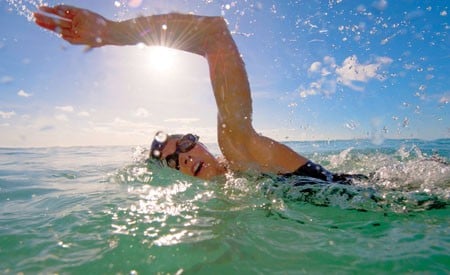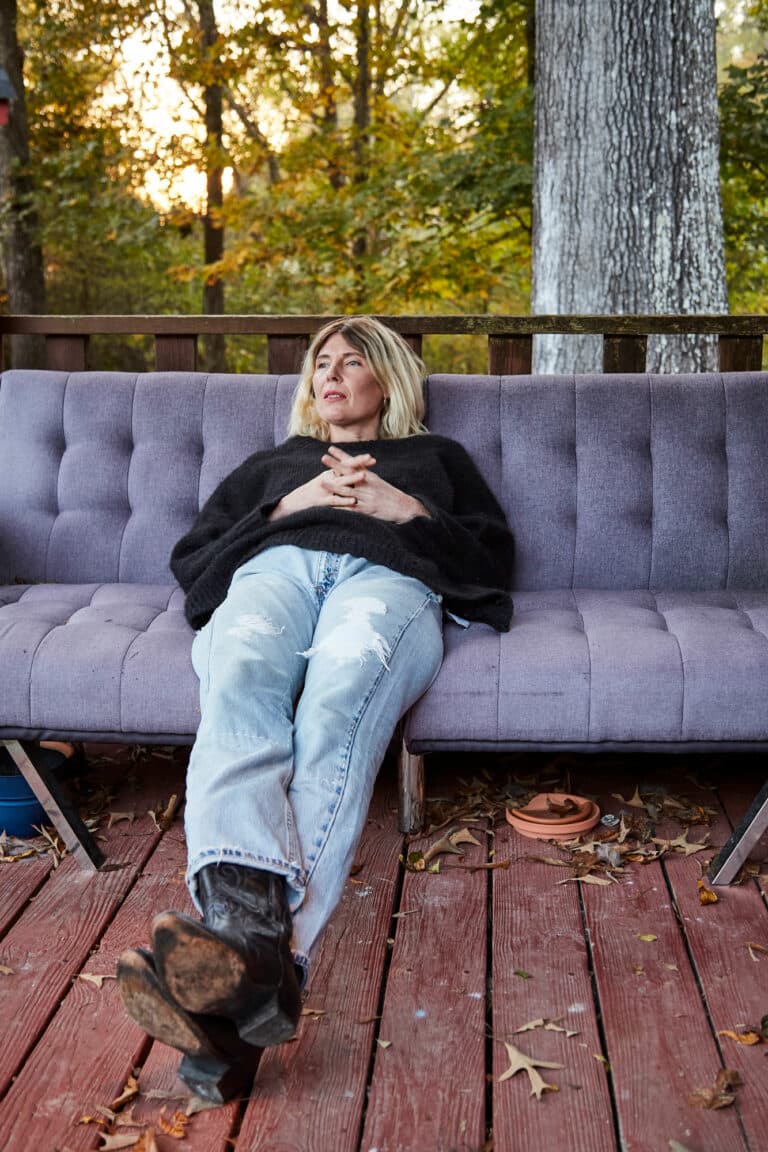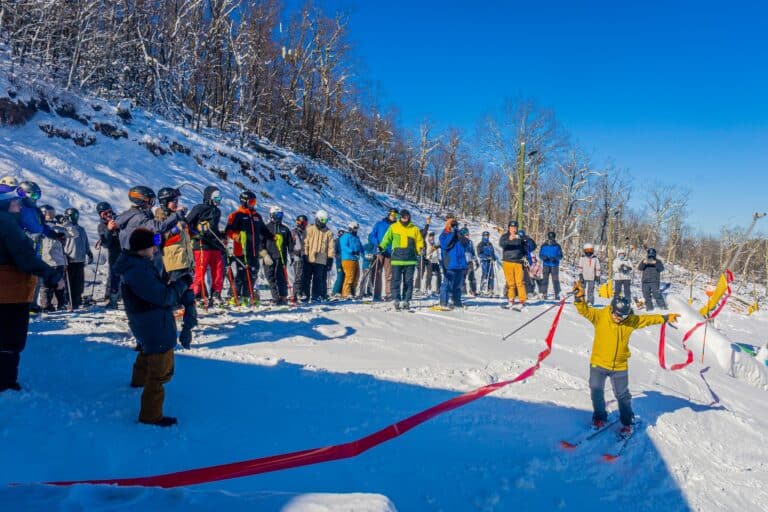Twenty-five years ago, Lynne Cox swam ten miles across Siberia’s Lake Baikal, the world’s deepest lake. When Cox dove in – wearing only a bathing suit, cap, and goggles – the water temps were in the low 50s. She battled strong winds and waves, and four hours later, Cox was greeted as a hero by a group of Russians who threw pink roses into the water. “I felt like a cosmonaut,” Cox said.
The year before, in 1987, Cox swam in the Bering Strait – the frigid water between Cold War countries. Since her late teens, Cox had dreamed of making the historic crossing. The closed border demanded persistence from Cox – eleven years of writing to officials from the U.S. and the Soviet Union to gain permission to attempt the swim. This tenacity and focus, along with other psychological strengths and thinking habits, are central to Cox’s success.
“I don’t think there’s a separation between the mental and the physical,” Cox says. “If I don’t prepare mentally, I can’t be prepared physically.” Prior to her record-breaking English Channel swim, Cox (age 15 at the time) talked with a Channel veteran. He described what Dover would look like and how the water would feel. Cox visualized the crossing but knew from her training that “everything changes when you’re in the middle of the ocean. Unexpected things happen. You have to be prepared to adapt.”
Later, when Cox was in her 40s, she aspired to complete the first mile in Antarctica’s waters. She realized she would need to swim as fast as possible to keep her core temperature from dropping precipitously. In 2002, Cox successfully swam 25 minutes and 1.06 miles in the 32-degree waters. “All I could feel was cold,” Cox wrote. “All I could do was turn over my arms as fast they would go and breathe. All I could think about was moving forward.”
Because of her record swims, scientists have examined Cox’s responses to cold water. Much has been made of how Cox’s physiology and distribution of body fat enable her to make these swims. And yet, it is a study conducted by researchers in London that shows how her toughness goes beyond physiology. Cox was asked to immerse her hand in 32-degree water for more than twenty minutes. While others were shouting and banging their dry fist on the table, Cox focused on a large clock in the room and engaged in positive self-talk: “I watched the seconds go by and I don’t know why I told myself this, but I thought, ‘After nine minutes it’s not going to hurt as much.’ It wasn’t true; it didn’t hurt any less. But I just kept thinking, ‘It’s gonna get better.’”
Many who swim open water have experienced anxiety about an upcoming race or training session. Focusing on fear only escalates it. Instead, stay in the moment and solve the problem at hand. Cox banged her arm on a few icebergs, but she also was fascinated by their shapes and the color of the polar water. In the midst of pain and difficulty, Cox took a moment to appreciate the beauty of her surroundings and the enormity of what she was doing.








